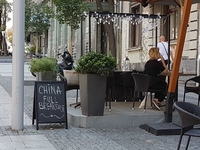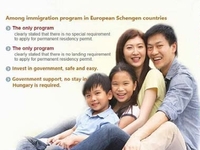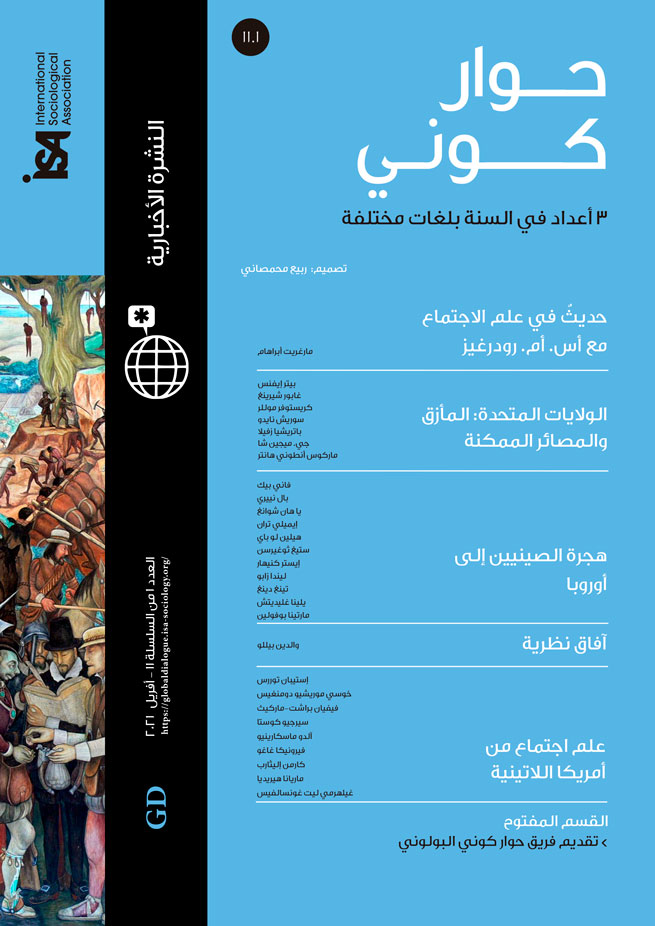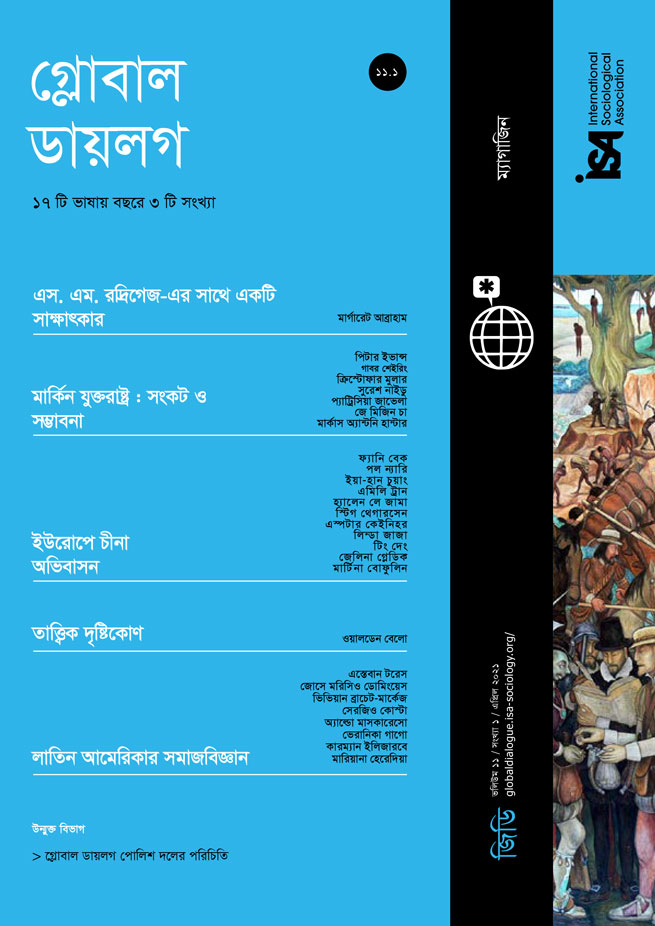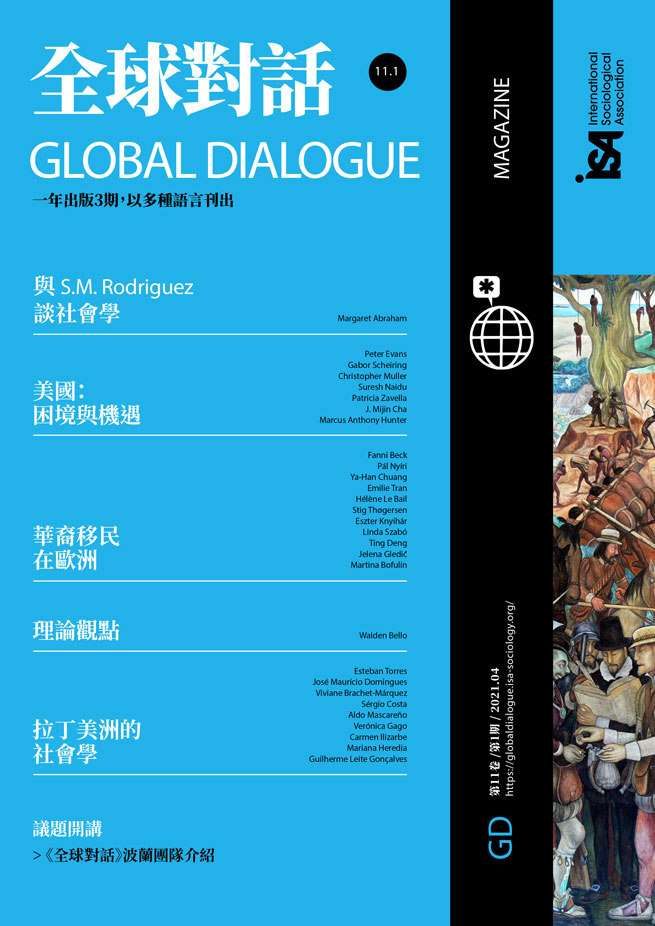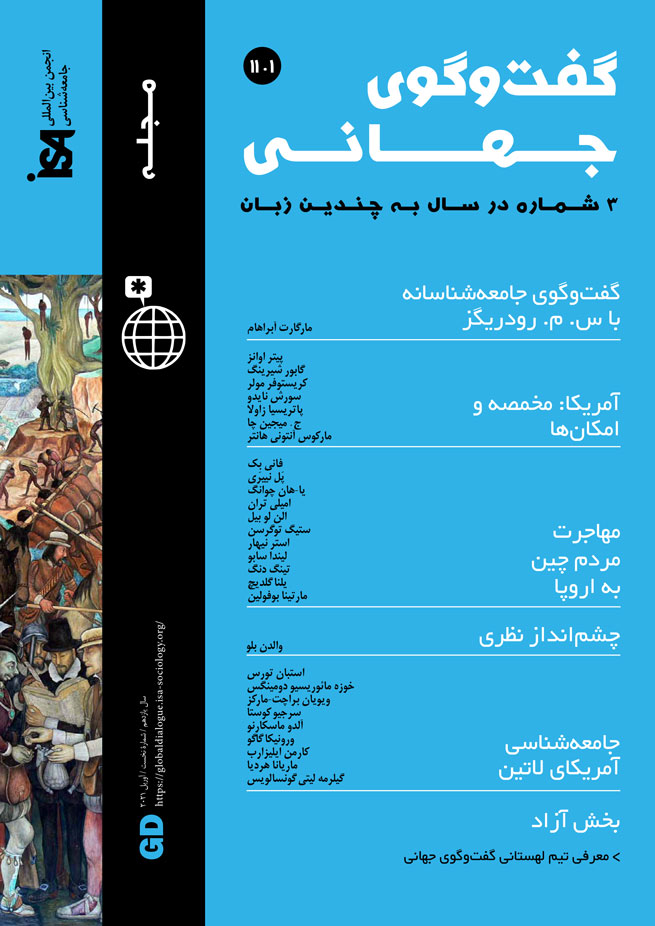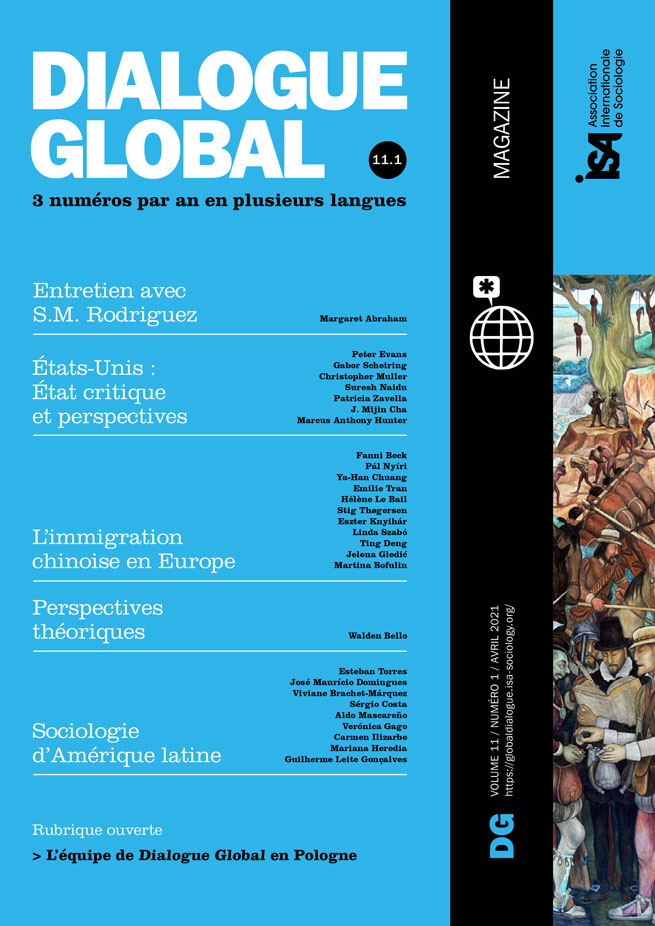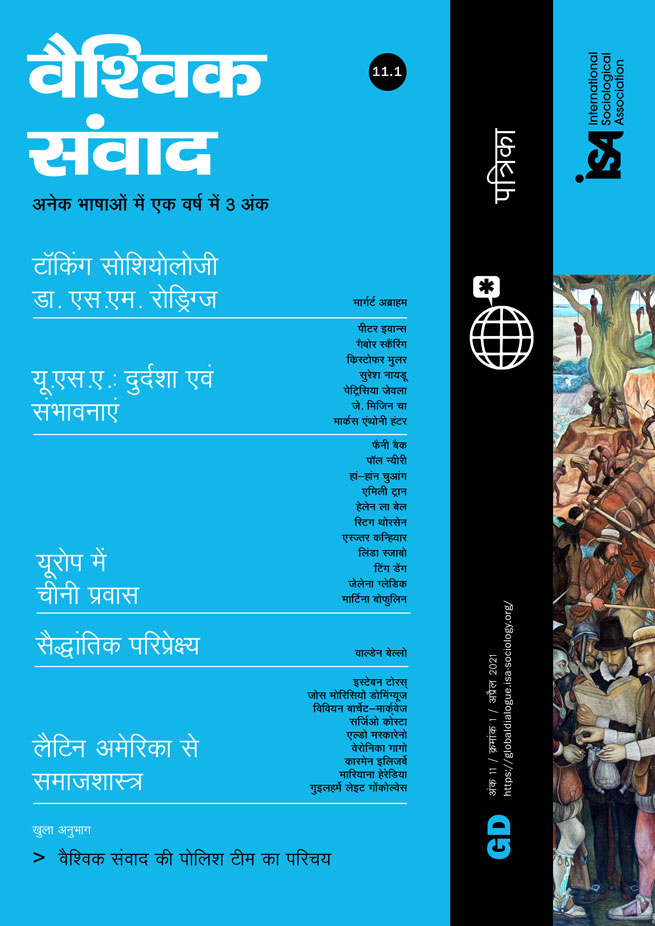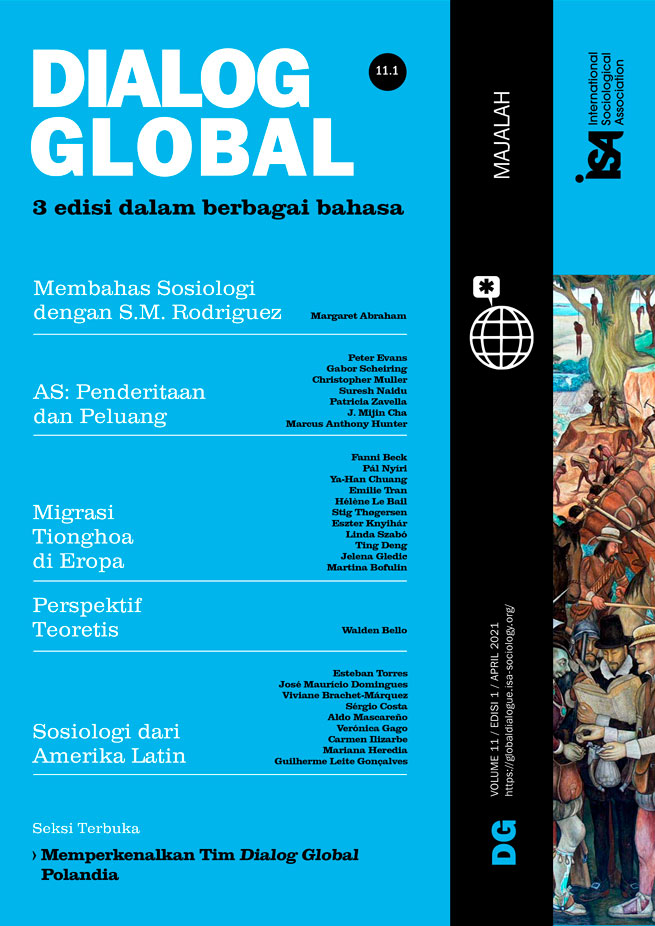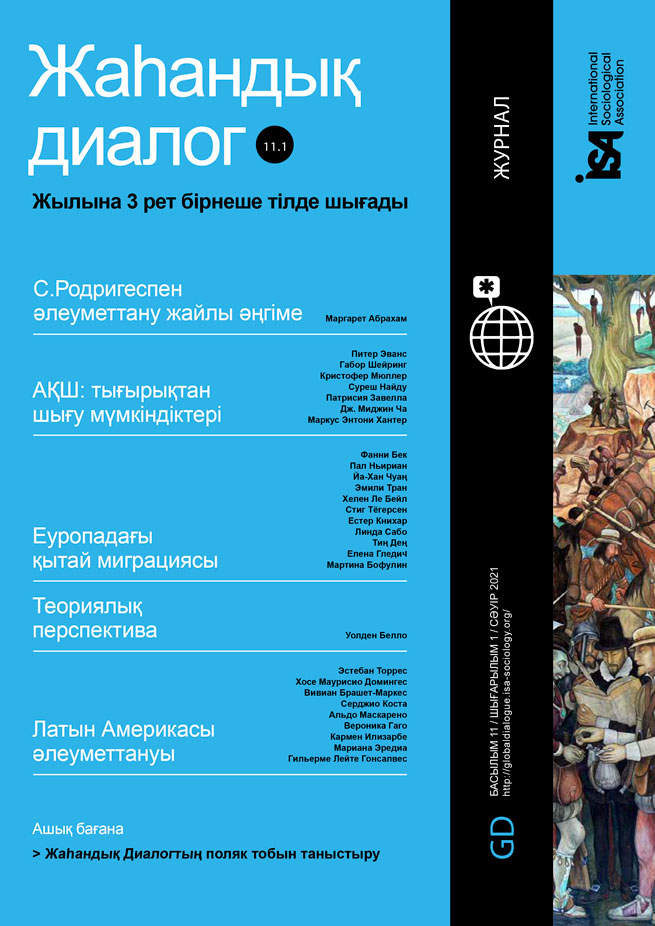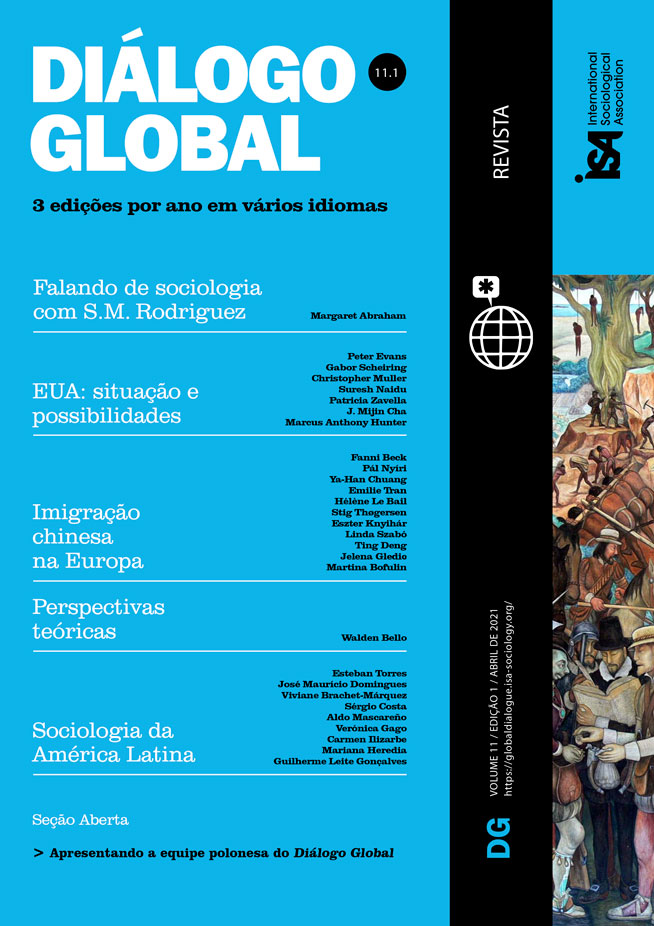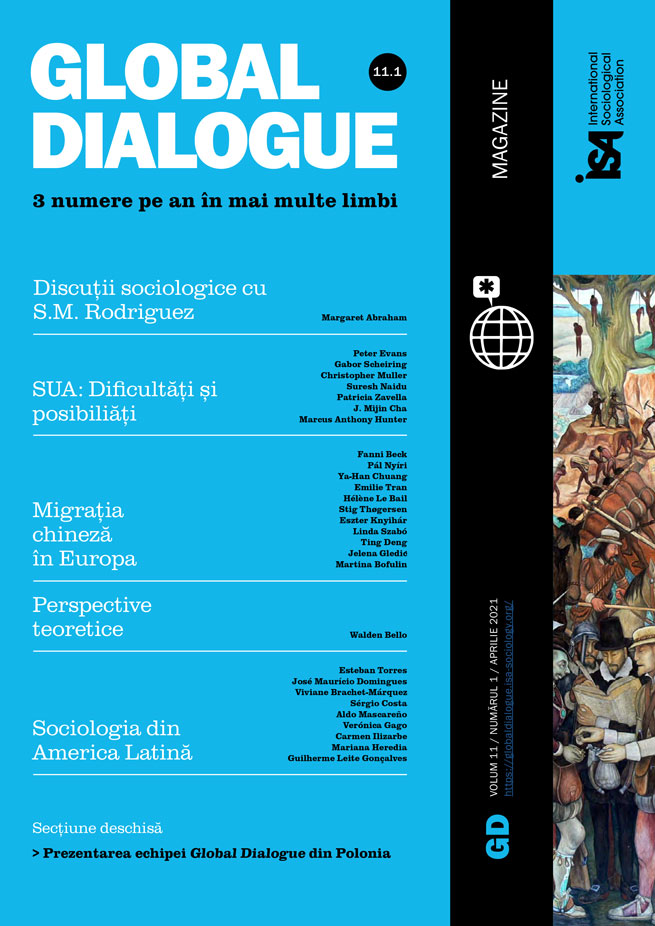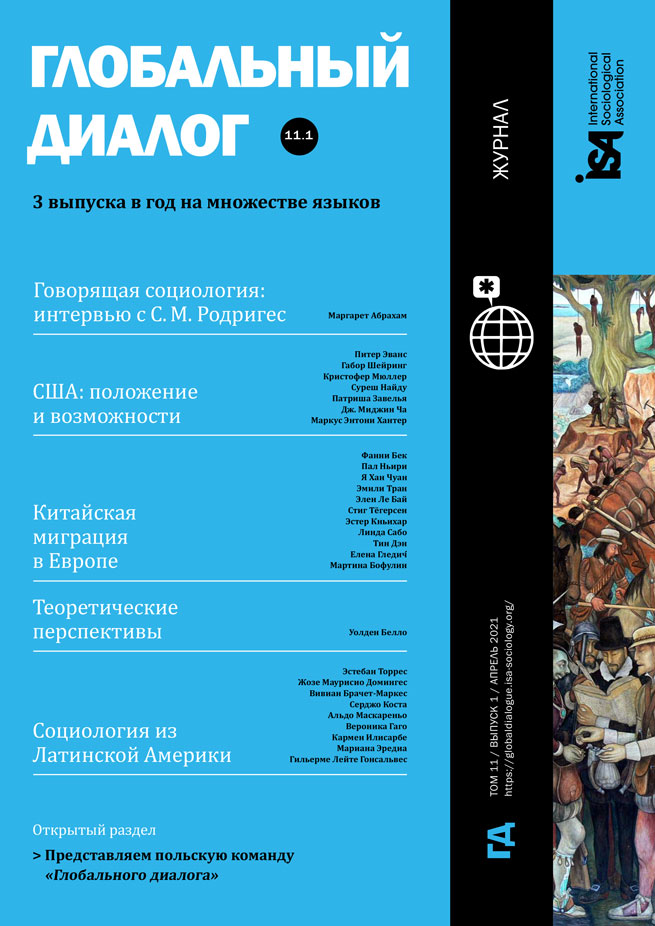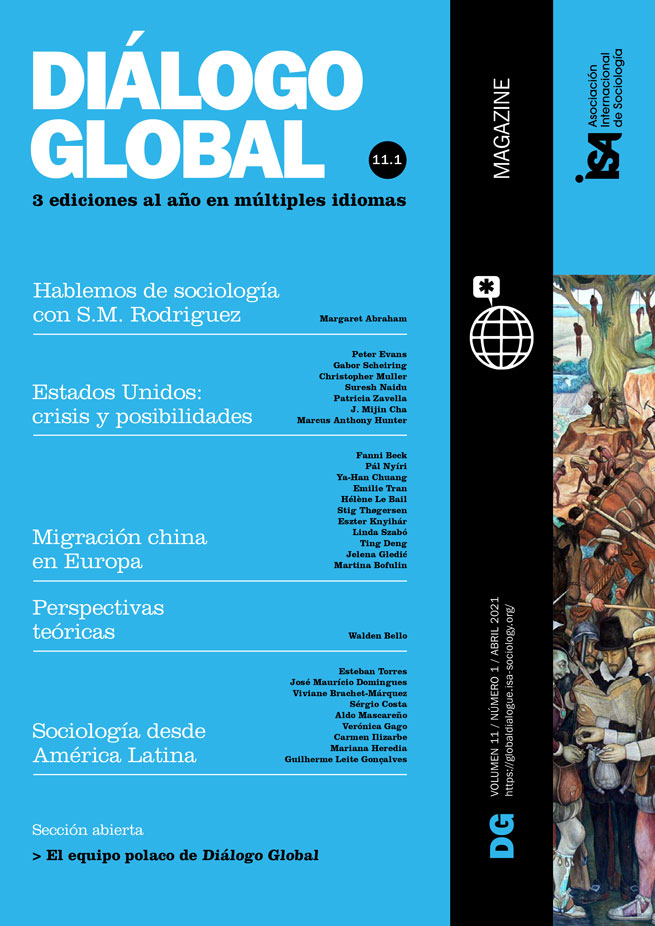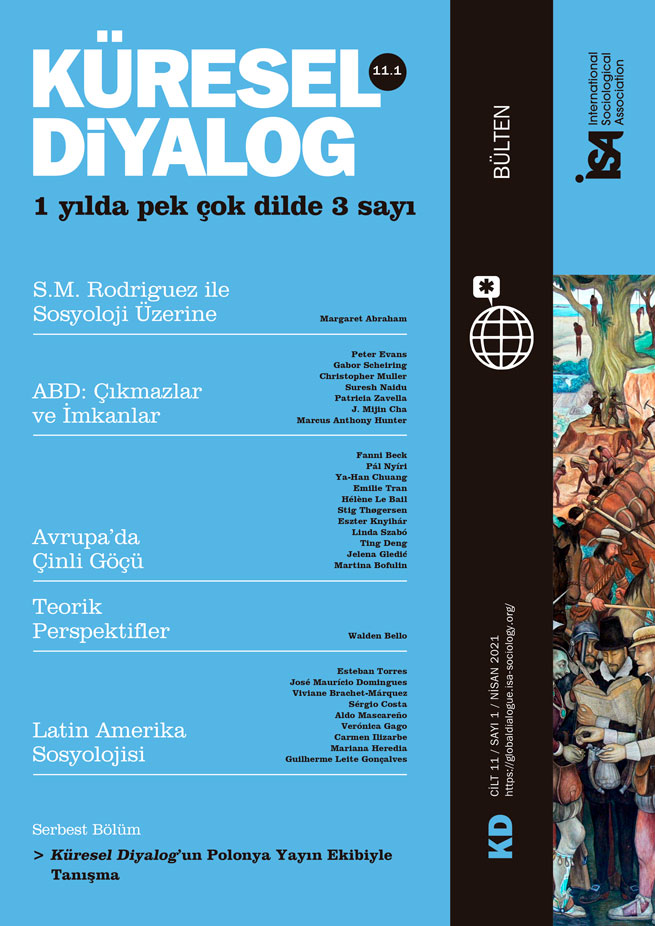Pandemic-related racism
Shortly after the outbreak of SARS-CoV-2 at the beginning of 2020, reports on acts of prejudice, racism, and violence against the Chinese started to multiply worldwide[1]. Chinese were screamed at, attacked, and saw their shops and restaurants vandalized due to the entanglement of fear and racism among ordinary people and officials.
Among those most affected by these attacks were small entrepreneurs from China living in Europe whose right to legal stay often rests on their economic activity and whose businesses suffered almost immediately, solely for being “Chinese.” Most of these small entrepreneurs left China during the “going-out fever” in the late 1980s and early 1990s, from Zhejiang or Fujian Provinces, but also from China’s urban areas and Northeast. Over decades they have become well incorporated in the countries of settlement, often operating thriving wholesale import companies (mostly in Eastern and Central Europe), small apparel businesses (in Italy and Spain), and Chinese restaurants. Despite being subjected to verbal slurs and prejudice in interpersonal relations as well as in their contact with state authorities, they have mostly felt safe and have taken this type of discrimination for granted. Consequently, they have often been called the “invisible” minority and rarely featured in the discussions on racism in Europe.
A mere few weeks after the announcement that the virus had reached Europe, Chinese small entrepreneurs in Europe saw a drop in sales and restaurants’ visits, and some had their shops vandalized (e.g. in Italy). They experienced physical distancing on buses or doctors’ offices (in Germany, Italy, Slovenia), were taunted, attacked, and beaten – often for wearing face masks (in Italy, the Netherlands, the UK) – as well as accused of hoarding face masks for profiteering when they were only trying to protect themselves (e.g. in Slovenia). Moreover, not just Chinese, but all people possessing Asian features, whether or not they had traveled recently or had ever even been in Asia, experienced such treatment.
Acts of resistance
These gruesome acts of exclusion have seen resistance in many countries. In Italy, for example, Massimiliano Martigli Jiang, who moved from Zhejiang as a child, started a social media campaign with photos of himself in front of Florence’s main tourist sites with a banner that read: “I am not a virus, I am a person. Let go of your prejudice.” In Sweden, Korean-Swedish artist Lisa Wool-Rim Sjöblom shared one-panel comics on exclusion suffered by Asians in the time of the pandemic, while Italian artist Laika created street art tackling the connection between the pandemic and racism towards Asians in Rome. COVID-19 racism, thus, contributed to the evolving discussions of systemic and interpersonal racism towards people of color in Europe as well as to the growing activism of Europeans of Asian background and Asian newcomers.
Exclusion “back home”
But while racism towards Chinese migrants outside China is well documented - in numerous media reports and a dedicated Wikipedia page – much less is known about the exclusion they faced upon returning to China. After declaring no new local transmissions of the virus in March 2020, the People’s Republic of China pursued a very close watch on “imported cases” from abroad. They quickly installed various measures to curb transmission, while Chinese embassies, diaspora organizations, and migrant hometowns’ representatives called for migrants not to return to China. The return flow of Chinese citizens from abroad threatened the effects of strict measures China had put in place to curb the virus as well as the overall “success narrative” of a country that had dealt effectively and swiftly with the virus.
The discourse on the threat of the “imported cases” initiated by the government spilled over to social media users. Many netizens called for returnees to “return to where they came from” and condemned them for behaving like “giant babies”[2] and for “not participating in building the homeland, but being first to rush from far to harm it.” While eventually the state’s mainstream media decided to emphasize the contributions of overseas Chinese to their motherland and quelled the outburst of hate speech online, the exclusionary discourse that developed exhibits the possible transformations in the symbolic role that overseas Chinese have played in China’s nation-building since the onset of reforms four decades ago; in the past, Chinese migrants were seen as patriots who contributed to the modernization of the homeland.
After facing exclusion in their place of settlement as well as their place of origin, many Chinese migrants also faced stigma due to COVID-19 from members of the subgroups they belonged to – their relatives, friends, and same-place compatriots. The stigmatization was especially strong among small entrepreneurs hailing from traditional places of emigration in China like Qingtian in the province of Zhejiang, who live in tightly knit social networks of relatives and friends connecting various locations around the world and the place of origin in a mountainous part of Eastern China.
One such case was described in detail in diaspora media, where the family of one of the first COVID-19 victims among Chinese in Europe was subjected not only to vicious rumors but also to threats from their compatriots. The family members felt that they had done everything in their power to act responsibly and contain the spread of the virus, but were still accused of jeopardizing the lives and businesses of fellow migrants. Not only was this news spread widely among the migrant community in the country of settlement, it was also instantly transmitted to the place of origin, adding to the family’s stigma among those left behind in Qingtian.
This pandemic has thus highlighted how exclusion and prejudice are still very much part of the Chinese migrants’ experience, going beyond the countries of settlement to practically all locations along the migration process. Furthermore, it has pointed to the emergence of a new discourse of exclusion towards Chinese migrants in China. On a more general level, though, it also demonstrates the continued salience of imaginaries connecting migrants and disease that are used to either limit mobility or even more narrowly define which mobility is allowed and welcomed and which is not.
[1] https://www.euractiv.com/section/global-europe/news/covid-19-crisis-triggers-eu-racism-against-asians-rights-agency-says.
[2] The term “giant babies” comes from the book The Country of Giant Babies by psychologist Wu Zhihong where he criticizes the personal development of young Chinese. The term is often used online for describing demanding and arrogant persons.
Martina Bofulin, Research Center of the Slovenian Academy of Sciences and Arts (ZRC SAZU), Slovenia <martina.bofulin@zrc-sazu.si>
